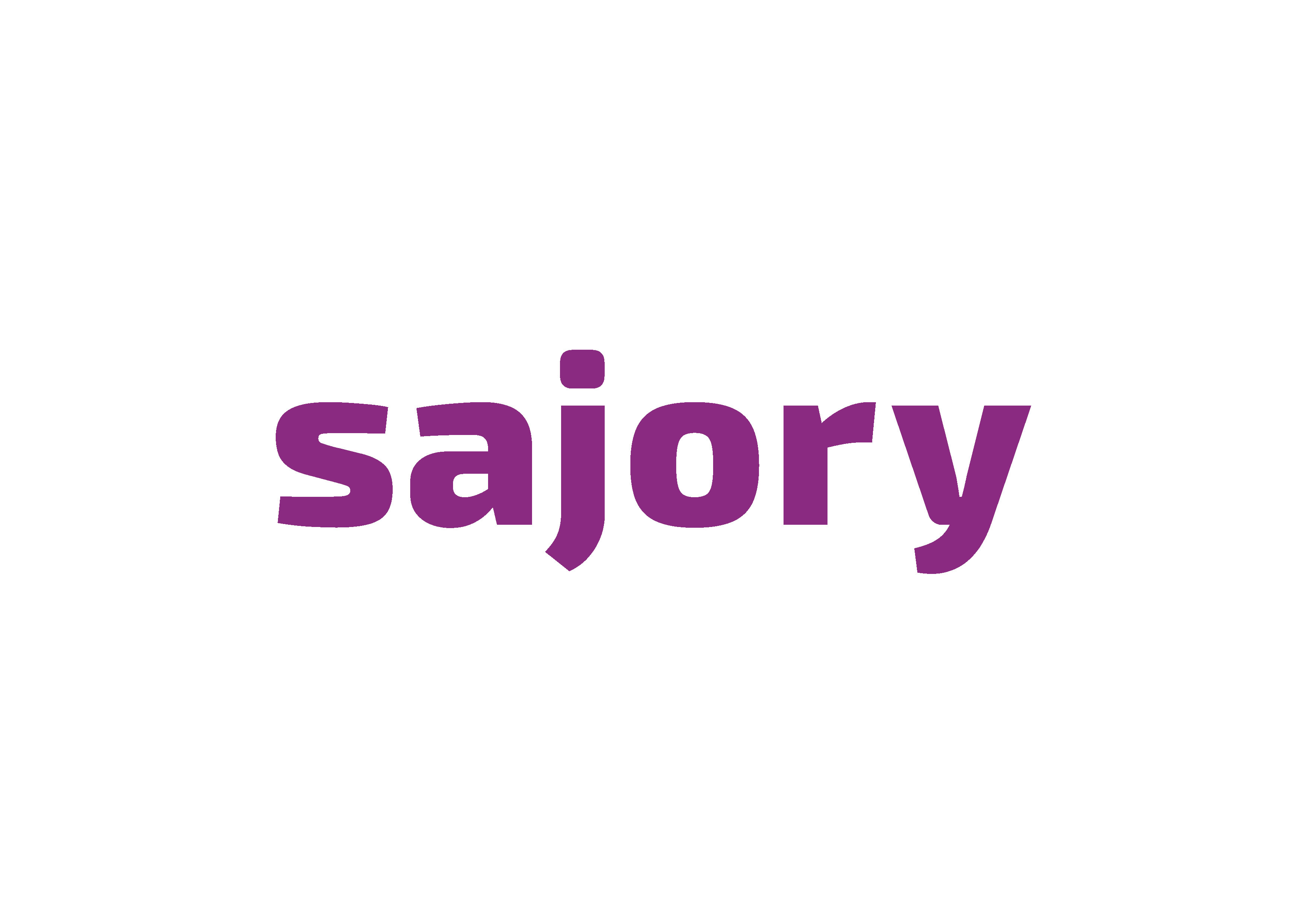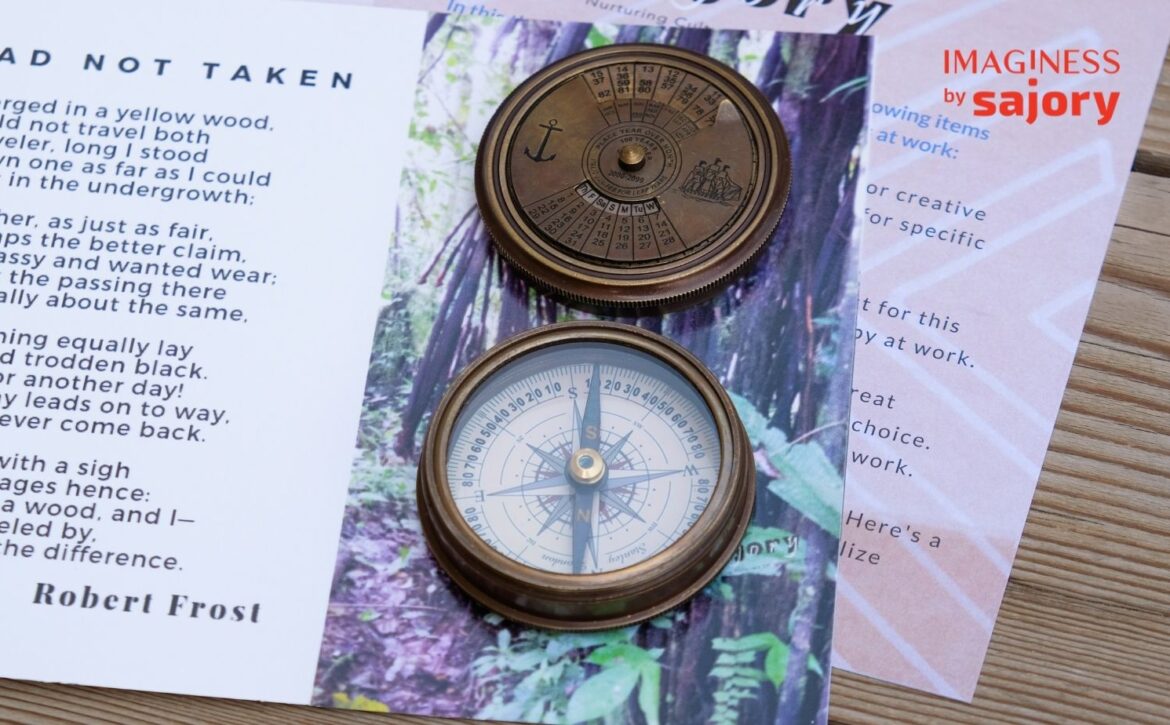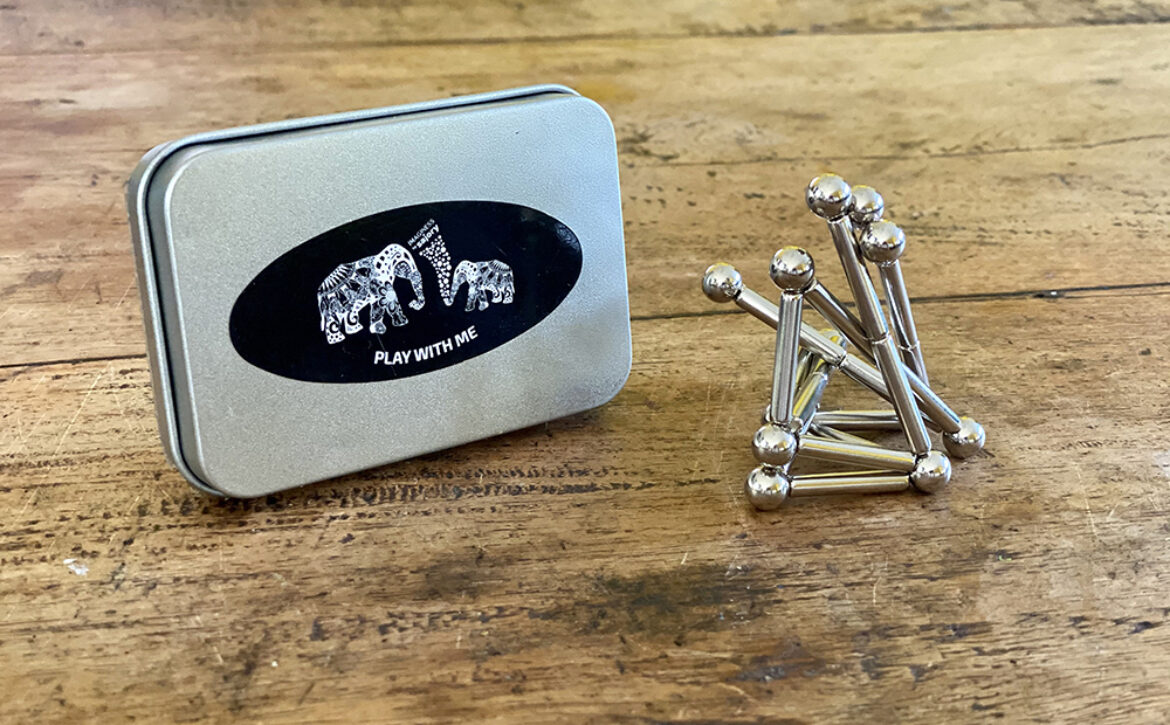Companies pay for our minds. And we do must of our work sitting on desks. Yet all the inspiration that we’re paid for comes when we go for a break or leave for lunch. For some of us who sleep during work hours, our brilliance comes to live right after that nap.
Our company will pay heavily for a big desk and a washed wall paint, yet little attention is paid for hallway interaction. The old-school water cooler corner that hosts so many conversations with hidden opportunities of intra-departments idea collaboration. It has been assumed it’s a gossip hole and a place where the boss should never see you standing in.
So much lost potential.
The drama intensifies these days with our remote work and online connections. No longer a chance to meet a colleague from another department or notice a client visit on a different floor. Every moment is cemented in useless meetings and we leave nothing to chance. No time to create.
Research in creativity shows the need for us to spend time in a place where no structured agenda is offered yet plenty of props and tools to help play with ideas. A space where we can play, sketch, build, read or write things that don’t seem to go in a single direction at first but eventually builds a concept with the help of other people with unique perspectives. It requires a big faith in our inner, buried, creative process.
Creativity rooms such as this may seem like a luxury in certain organizations but the need for it is ever more present in our high-stress environment. We keep huffing inside the circle like a poorly-fed wheel-running hamster without taking the time to realize that we’re still inside the cage. If only we can see things from a different angle.
Take the time today to create this space. Design a time and place for chance to happen. Create a remote coffee break room, invite colleagues to an online game before work, have a daily check-in routine with random employees just to say hi. Basic rules of improv applies in any such interaction: No agenda, no job titles involved, have random conversations and listen, and ofcourse, keep practicing the “yes, and” and other improv rules.
Stay playful,
Randah
p.s. For those curious about their own thinking preferences and wanting to learn how to facilitate creative online conversations, we are offering a pilot 3-hour Mavericks Masterclass on October 18.




